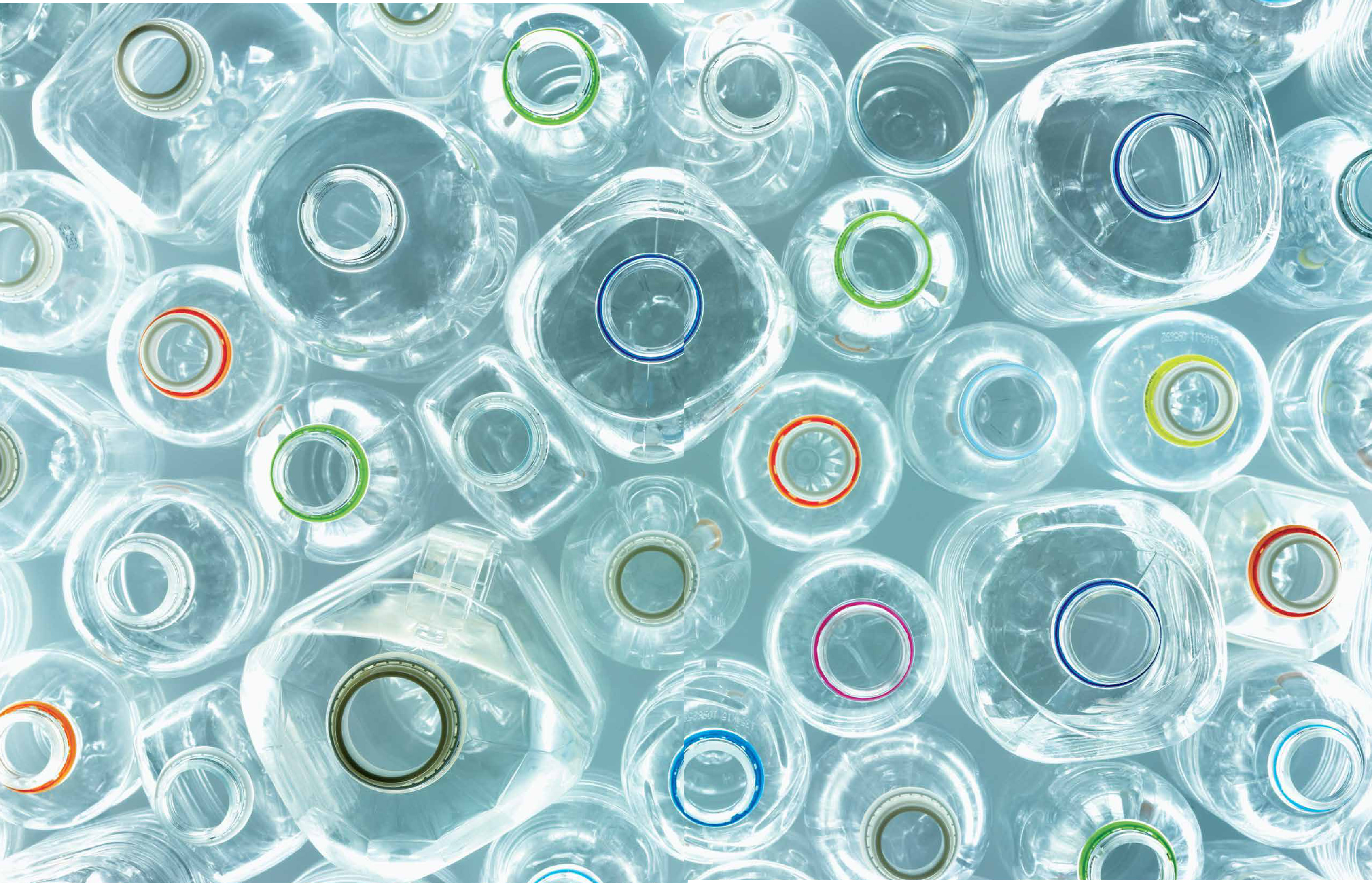| CHAPTER 3 | INFORMATION LITERACY |
TOXIC BOTTLES?
3.1 On the trail of chemicals in our everyday lives
38
39

CORE MESSAGE
Our understanding of the natural world changes almost daily as new evidence is gathered. Unfortunately, misinformation abounds in the popular press and on the Internet about the latest “science.” For example, we live in an environment full of natural and synthetic chemicals, some of which are toxic, but knowing how to respond to the latest toxic scare is often difficult as we receive conflicting messages about their safety or risk. Developing information literacy skills enables us to better evaluate the usefulness and trustworthiness of various sources of information and then use the highest-quality information we can find to make reasoned decisions about how to respond.
GUIDING QUESTIONS
After reading this chapter, you should be able to answer the following questions:
 What is information literacy and why is it important?
What is information literacy and why is it important? What common logical fallacies are used in presenting arguments? How can we use critical thinking skills to logically evaluate the quality of information and its source?
What common logical fallacies are used in presenting arguments? How can we use critical thinking skills to logically evaluate the quality of information and its source? What factors influence whether or not a particular chemical is toxic and how toxic it is?
What factors influence whether or not a particular chemical is toxic and how toxic it is? What kinds of scientific studies allow us to assess the potential hazard of a particular chemical and how do we determine “safe” exposures?
What kinds of scientific studies allow us to assess the potential hazard of a particular chemical and how do we determine “safe” exposures? What are endocrine disruptors and why can small amounts of exposure produce big effects in an individual?
What are endocrine disruptors and why can small amounts of exposure produce big effects in an individual?
40
In 2008, the Canadian government did something no other country had ever done. After reviewing reams of research and weathering contentious debate, it recommended that a staple ingredient of most food and beverage containers be banned from baby bottles. If the ban were approved, no company could legally import or sell food containers for use by children that contained the synthetic chemical bisphenol A (or BPA, for short). The move incited a frenzy.
Becoming the first country in the world to seek a ban on BPA from some products was “really brave,” says Maggie MacDonald at Environmental Defence in Toronto. “Evidence was mounting that showed BPA could harm children, but there was no clear picture yet of just how much harm BPA could cause.”
The plastic industry decried the move. In a firestorm of press releases, in newspapers across the country and on television news, industry spokespeople insisted that their own data showed BPA to be perfectly safe.
Parents everywhere were concerned and confused. On the one hand, it was hard to believe that something as commonplace as BPA could be so dangerous; if at least some studies were showing it to be safe, maybe it was. On the other hand, if there was even a chance that this chemical could harm children, shouldn’t the government take every possible precaution? And in the meantime, what were average consumers to do?
To help make sense of the conflicting information, the federal government dedicated $1.7 million to study the health effects of BPA over the following three years.
Since the late 1940s, BPA has been a staple ingredient in the linings of metal cans and plastic products of every kind, including food and beverage containers and plastic baby bottles. Once in the body, however, BPA appears to act like the hormone estrogen and some, but not all, studies had linked it to a number of serious medical conditions, from impaired neurological and sexual development to cancer. Despite this uncertainty, by 2010, the European Union was also considering banning the use of BPA in baby bottles and baby food cans; that same year, a U.S. government-appointed panel of scientists agreed that there was “some concern” for unborn babies and children, but concluded that the data were still too uncertain to warrant such a drastic step.
But the lack of conclusive evidence didn’t stop Canada—one month after the U.S. report was released, Canada added BPA to its list of toxic substances, officially banning it from baby bottles.